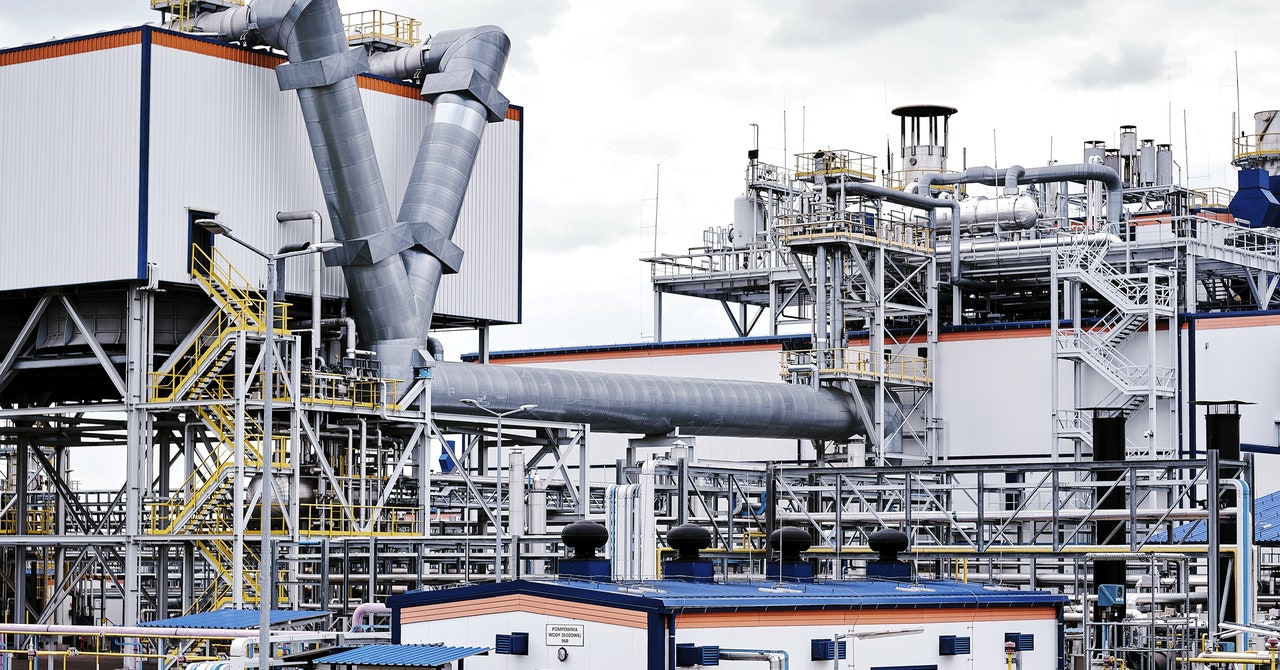
In 1970, West German politicians and gas executives signed a landmark deal with the Soviet Union that would shape the next half-century of European energy policy. West Germany promised to supply the USSR with steel pipes, while in exchange the USSR would extend a gas pipeline to the border of West Germany and start pumping Soviet gas beneath the Iron Curtain and into Western Europe. The trade deal was one form of Ostpolitik—a wider policy of thawing relations between the USSR and West Germany that would earn then West German chancellor Willy Brandt the Nobel Peace Prize in 1971.
Brandt—who died in 1992—may not have imagined just how intertwined the two former enemies would become. By the time of German reunification in 1990, gas from the USSR accounted for more than 30 percent of the country’s gas consumption. By 2021, Russia was supplying around 40 percent of the European Union’s natural gas, with some smaller countries, such as Latvia, almost completely reliant on Russia for their supplies. Germany, with its heavy steel industry and gas-powered heating, relied on Russia for just under half of its natural gas.
The Russian invasion of Ukraine in February 2022 exposed deep fissures in the EU’s energy policy. After EU sanctions on Russia, the Russian state-controlled energy firm Gazprom announced it was slashing gas exports through one of its main pipelines to about 20 percent of capacity. The share of Russian gas entering Europe has dropped to 15 percent, squeezing already-inflated prices to new highs. In the UK, which is sensitive to gas prices on international markets, average energy bills are projected to reach nearly four times their January 2019 levels.
“It is important to acknowledge for the EU that increasing this dependency on Russia has been a policy failure,” says Ganna Gladkykh, a researcher at the European Energy Research Alliance. The continent is now facing two challenges. First, a cold winter—or several—with gas supplies stretched to their limit, could mean forced blackouts and industry shutdowns. Second, Europe must reduce its dependence on Russian gas, striking new deals with different suppliers and stepping up its renewable rollout. At the end of that road, Europe may find itself in a new era of energy security—no longer reliant on an unpredictable neighbor to the east, but with new dynamics that may bring their own problems.
But first: the crunch. In late July, European Union member states agreed to reduce their gas demand by 15 percent between August 2022 and March 2023. The measures are voluntary, but the EU Council has warned that they may be made mandatory if gas security reaches crisis levels. Some countries have already taken small steps to limit energy demand. Cities in Germany are switching off public lighting, lowering thermostats, and closing swimming pools in order to reduce dependence on Russian gas. France has banned shops from running air-conditioning while doors are open, while Spain—which does not import much Russian gas—now prohibits air-conditioning from being set to less than 27 degrees Celsius (80 degrees Fahrenheit) in public places.
Natural gas is used in three primary ways: for generating electricity in power plants, for heating homes and offices, and in industries like steelmaking and fertilizer manufacture. Although there are alternatives to gas in power plants—German chancellor Olaf Scholz has raised the possibility of extending the life of nuclear power plants in order to cut down gas usage—it’s much harder to find alternatives to gas for industry and heating. The EU also has rules that protect households, hospitals, schools, and other essential services from gas-rationing measures.


